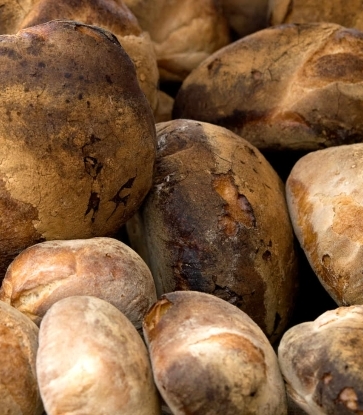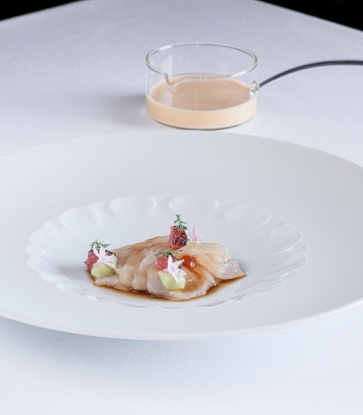The second edition of the Michelin Guide Malta features 31 restaurants across the islands of Malta and Gozo. Out of those selected, five have been identified as taking positive steps to work in a sustainable way – look out for the one-line descriptions of their practices in their online entries.
Being an island, it’s only natural that Malta’s inhabitants would want to support one another, so you’ll find some great connections being forged between chefs and their producers, be they farmers or fishermen, oil producers or wine-makers. As the number of top restaurants continues to grow, so too does the demand for high quality, ethical produce, allowing suppliers to establish stronger relationships with chefs.
We take a look at five restaurants who have incorporated sustainable practices into the everyday operations of their businesses.

The Harbour Club, Valletta
Built in the 18C as an ice house, The Harbour Club provides a unique and intimate setting, and offers impressive views over the Grand Harbour from its sunny terrace. They grow a variety of herbs, cresses and vegetables themselves, and work closely with local producers and farmers to source high quality local ingredients. They use as many biologically friendly materials and substances as they can, including their cleaning products. They are also part of a carbon free dining community called ‘Gift Trees’, and have supported the planting of over 8,300 trees since joining in 2019.

Noni, Valletta
Formerly home to ‘Xmun Borg & Sons Bakery & Confectionery’, stylish Noni offers two different experiences, with its calm ground floor and livelier stone-walled cellar. They have built strong relationships with organic farmers, producers and suppliers, and converse with them regularly to ensure the produce meets their ethical requirements. Fresh, seasonal ingredients are the order of the day and the kitchen frowns on waste, ensuring they use every bit of their meats in a ‘snout to tail’ approach. Any scraps are given to farmers to use as compost.

Briju, Gżira
The chef at this pleasingly relaxed neighbourhood restaurant has a real passion for all things local and sustainable. Instead of buying what’s quickest and easiest, he spends hours researching and sourcing ingredients directly from farms and producers in the surrounding area. Respecting seasonality is key, so his menus are formed around whichever ingredients are at their peak. He even uses regional salt and olive oil.

De Mondion, Mdina
In the heart of the beautiful walled city of Mdina sits this characterful 16C building – now a luxurious hotel whose top floor restaurant offers stunning views out across the east of the island and towards the coast. As well as growing some of their own herbs and vegetables, they also carefully select their suppliers to ensure the sustainable purchasing of fruits, vegetables, fish and meat. Not only do they support the region’s farmers and producers, but they build personal bonds with them by regularly visiting their premises too. The same values are applied to the sourcing of local wines and beverages.

Tmun, Mġarr
This little gem is hidden on the traditional working harbourside. The menu focuses on seafood bought fresh from the local fishermen, who fish in a sustainable way, so you’ll also find some lesser-used species. Menus evolve with the seasons to use what’s best. Meats are purchased directly from small local farms and then used following a nose-to-tail approach in order to eliminate food waste as much as possible. They also encourage farmers to plant crops which would normally be imported, in order to lessen the distances the produce has to travel.

















